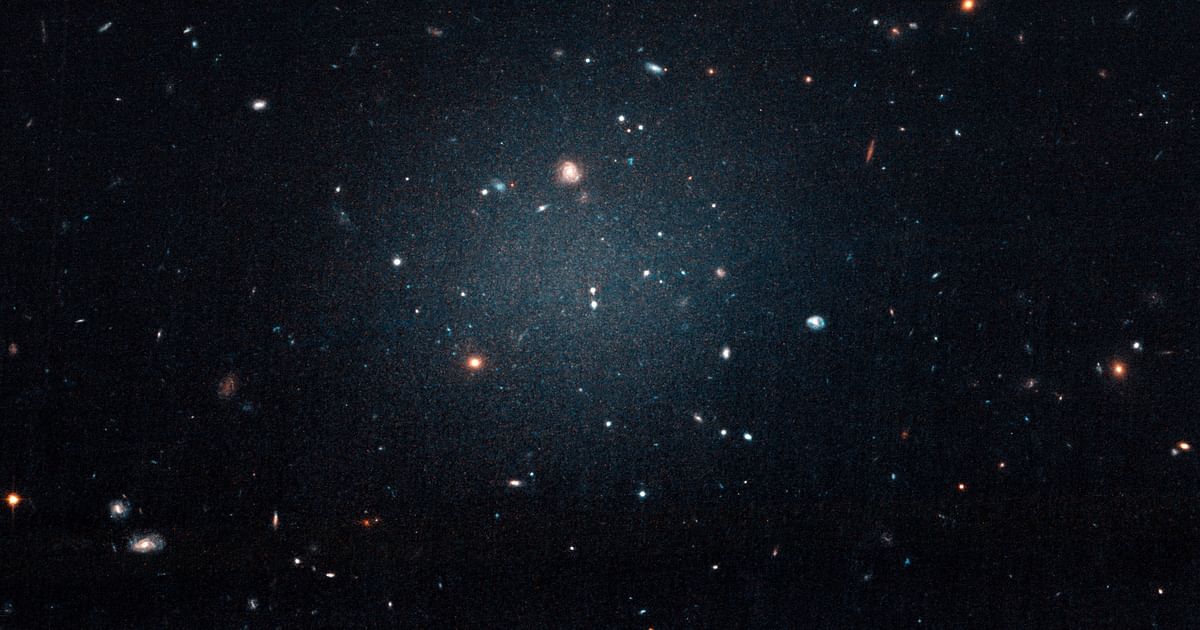Cosmic Glitch: A New Model for Gravity on a Cosmic Scale
Recent research has suggested that a new model may provide an explanation for the ‘cosmic glitch’ encountered at the edge of the expanding universe, where gravity appears to weaken by about one percent. The current understanding of gravity is based on Einstein’s theory of general relativity, which has been extensively verified through experiments and observations. This theory has been instrumental in various achievements in astrophysics, from understanding the Big Bang to capturing images of black holes.
However, when scientists attempt to apply general relativity to phenomena on a cosmic scale, they encounter inconsistencies in its predictions. Robin Wen, a graduate student in mathematical physics at the University of Waterloo in Canada, highlights these challenges. Nearly a century ago, astronomers discovered that the universe is expanding, leading some to propose that this expansion could be attributed to a weakening of gravity at extreme distances.
Niayesh Afshordi, an astrophysics professor at the University of Waterloo, notes that as galaxies move farther away, they appear to accelerate, violating the predictions of general relativity. The researchers introduced the concept of a ‘cosmic glitch,’ where gravity behaves unexpectedly on cosmological scales, exhibiting a one percent decrease in strength over billions of light years.
For over two decades, physicists and astronomers have sought to develop a mathematical framework that can address these inconsistencies within general relativity. Wen describes their new model as an extension of Einstein’s theory that offers a potential resolution to the discrepancies observed at cosmic distances without negating the validity of general relativity. The new model represents a modification to Einstein’s formulae that becomes relevant only on large cosmic scales.
The proposed model might provide the first step in unraveling a cosmic puzzle that spans space and time and sheds light on the fundamental nature of gravity in the universe. This research is still ongoing and more work is needed before this new model can be fully understood and applied to our understanding of cosmology and physics.
